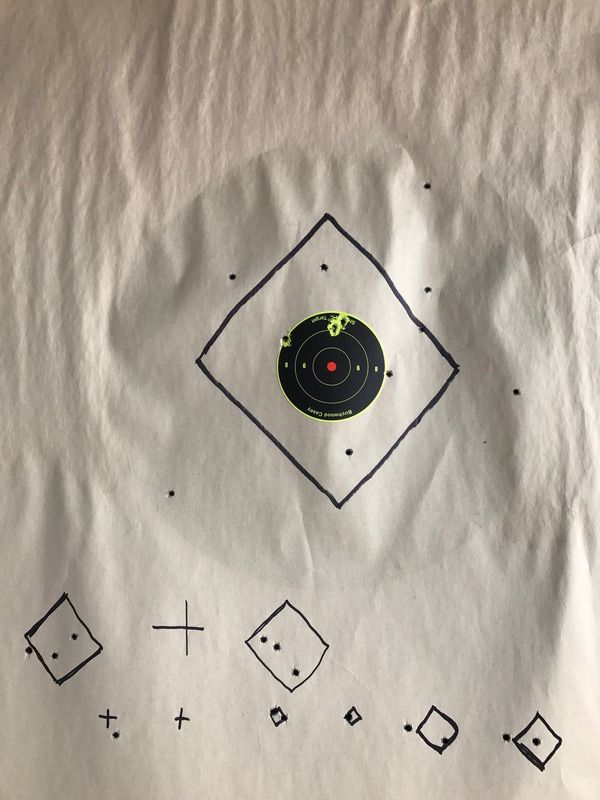Getting excited about HRL .22 matches so I pulled my Sako Finnfire Range out of mothballs and mounted and IOR tactical scope and have started to test the rig shooting dots at 25, 50, 100 and 200 yards at the local range. The gun shoots very well and will group in the .1's and .2's at 50 yards and 1/2 MOA at 100 yds. with ELEY or Federal Ultra match - indoors - no wind.
I tested the gun out the AM with ELEY Edge ammo and it grouped 0.2"-0.3" at 50 yds and was repeatable hitting 1/4", 1/2" and 2" dots at 25-100 yards respectively. At these nearer distances the gun/ammo would hold 1/4-1/3" elevation at 50yd and 3/4"-1" at 100 yards; however when I shot it at 200 I experienced elevation issues that I did not expect. I would have expected the gun to hold 1.5"-3" elevation @ 200 but it seemed to vary 4-7 inches. Wind was in my face variable 1-7 mph fish-tailing from 10 o'clock to 1 o'clock.
So for those Hide members out there that have a lot more experience shooting precision .22's beyond 200 yards, how much does ES variation in the ammo contribute to elevation issues at distance vs. wind push/pull on the bullet??
Thx.
I tested the gun out the AM with ELEY Edge ammo and it grouped 0.2"-0.3" at 50 yds and was repeatable hitting 1/4", 1/2" and 2" dots at 25-100 yards respectively. At these nearer distances the gun/ammo would hold 1/4-1/3" elevation at 50yd and 3/4"-1" at 100 yards; however when I shot it at 200 I experienced elevation issues that I did not expect. I would have expected the gun to hold 1.5"-3" elevation @ 200 but it seemed to vary 4-7 inches. Wind was in my face variable 1-7 mph fish-tailing from 10 o'clock to 1 o'clock.
So for those Hide members out there that have a lot more experience shooting precision .22's beyond 200 yards, how much does ES variation in the ammo contribute to elevation issues at distance vs. wind push/pull on the bullet??
Thx.



